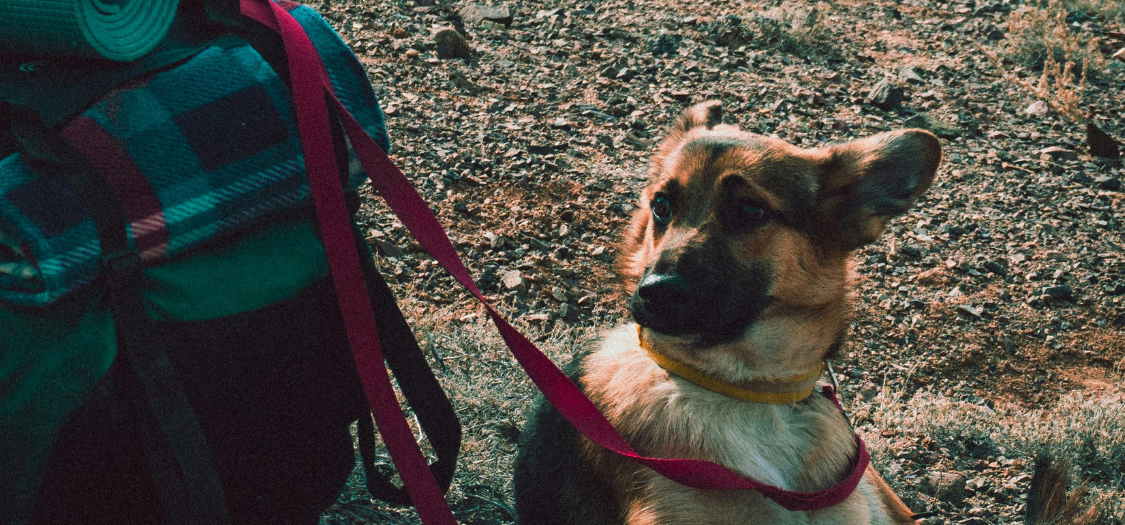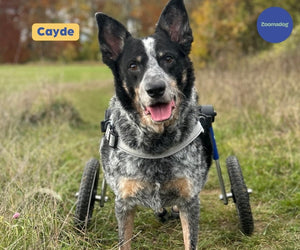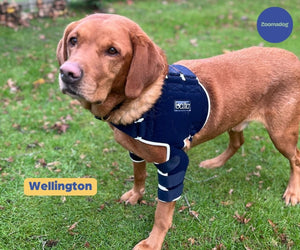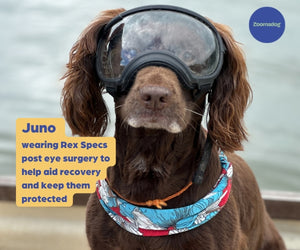01730 622544

Dog Achilles Tendon Surgery - What Happens, Is It Successful, What I Should Know?
If your dog has Achilles Tendon surgery, it probably won’t be your regular vet who performs the surgery. Instead, your dog will likely be operated on by a specialist. The specific surgical procedures for Achilles Tendon injuries vary, and will depend on the type of Achilles injury your dog has sustained.
The Achilles tendon is a complex structure, so surgery is not always straightforward or successful. Surgery aims to repair or reconstruct the damaged tendon and restore function and stability. More recently, synthetic ligaments have been used to improve surgical outcomes.

Once the surgery has been done, it's essential that the operated leg is immobilised and supported properly. If not cared for correctly, the tendon repair will not hold. To ensure proper immobilisation, some sort of external stabilisation, such as a splint or brace, will be applied.
Post-surgery your dog will have regular check-ups with your vet to monitor the healing process and repair of the tendon. An Achilles tendon is a complex structure and does not heal quickly, so the recovery period post-surgery can take some time.
Physiotherapy will also form part of your dog’s recovery post-op and this is where it gets a bit Goldilocks. While it is really important that the leg and joint are allowed to heal with rest, the leg and joint must also go through daily exercises and ranges of motion. Not enough movement during the healing stage can result in a loss of flexibility and even freezing of the area, which in turn can lead to permanent disability. So, your dog needs to be doing enough exercise and movement, but not too much! Activities such as swimming or water treadmills can be very beneficial in this situation, as they are non-weight bearing activities.
Laser light therapy can also be beneficial to recovery. This works by passing laser light through the affected area, this increases blood flow to the area, which promotes healing, provides an analgesic effect and can penetrate down to all the tendons affected.
While surgery is quite complex, generally, it does have good or excellent outcomes, however, in the longer term, deterioration of the tendon often occurs. So supporting the joint on a more day-to-day basis is important and the use of a brace can really help with this. See our selection of braces for Achilles Tendons here.
Read more about Achilles Tendon Causes, Prevention and How to Help https://zoomadog.co.uk/collections/dog-achilles-tendon-injury
Find The Best Dog Achilles Tendon Braces here https://zoomadog.co.uk/collections/achilles-tendon-braces-for-your-dog

Looking for help with your dog?
We can help find the right solution for your dog
Feel free to give us a call on 01730 622544
or email us at woof@zoomadog.co.uk







Leave a comment